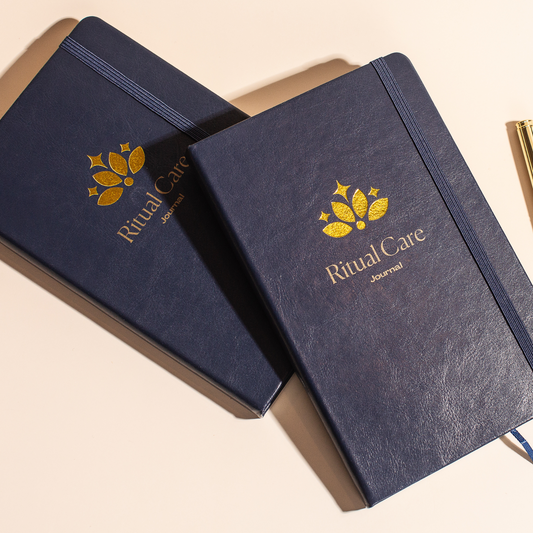The neuroscience behind human connection has broad implications for how we live our daily lives. Whether you're an introvert (fills their cup through time alone), an extrovert (needs high levels of social time with others), or even ambivert (a person whose personality has a balance of extrovert and introvert features), science is proving that in order to feel happy and to flourish, humans must feel connected.
We are also a caretaking species. John Cacioppo, a University of Chicago social psychologist professor, has found that when people are lonely, inflammation increase, sleep becomes more difficult, and immunity decreases. In an MRI of the brain, social rejection triggers the same region as physical pain.
It is a common misconception that the opposite of connected is lonely. You can be alone without feeling loneliness. The converse is also true: you can be surrounded by people and yet feel all alone.
This quiz, from the Greater Good Science Center, can assess how effective you are at taking advantage of the positive possibility in your relationships.
Step away from the noise and busyness of daily life at our 6-day meditation and yoga retreat, Seduction of Spirit. Through meditation, yoga and immersion in the Seven Spiritual Laws of Success, bring into crystal clear focus what you’re here to contribute and who you really are. Click here to learn more.
History of Connection
Historically, humans needed connection in order to be safe. We lived in groups to crowdsource our ability to build shelter, find food, and protect ourselves from wild animals or other groups of humans. There is power in numbers, and group dwelling allowed our species to survive waves of sickness, war, and natural disaster—humans who lived together simply had a greater chance of propagating the species.We are also a caretaking species. John Cacioppo, a University of Chicago social psychologist professor, has found that when people are lonely, inflammation increase, sleep becomes more difficult, and immunity decreases. In an MRI of the brain, social rejection triggers the same region as physical pain.
Physiology of Connection
You’re wired to connect. Your body has multiple systems designed to help you bond with others. These include:- Vocalization - Humans are just one of many species who use vocalizations to convey information. Your ability to speak is one of the ways you can connect. And even without language, the quality of the sound you produce can convey many emotions. Think of a sharp inhalation denoting fear or a low hum denoting satisfaction.
- Touch - Both comfort and joy can be conveyed through touch. Studies have shown touch to have healing qualities and connective ability.
- Vagus nerve – The vagus nerve is the longest nerve in the autonomic nervous system and plays an integral role in many important organs. New research is showing that not only is the vagal system a part of the autonomic nervous system, which controls functions of the body that are not under voluntary control, such as heart rate and digestion, it also positively impacts your ability to connect with others. Activating the vagal nerve is connected to the compassionate response, and even a simple touch can trigger a positive response.
- Oxytocin - A chemical responsible for controlling human behavior and social interaction, sometimes known as the love hormone. It promotes bonding between mother and baby as well as romantic partners and friends.
- Empathy circuits - These circuits found in a part of the brain called the supramarginal gyrus allow you to separate your emotions from those of others, recognizing that their experience is different than your own. This allows for understanding of one another.
- Reward circuitry – The dopamine system is the circuitry in your brain that gives you a reward for completing a task successfully. It’s why you can become addicted to games like Pokémon Go or Candy Crush, but it is also why you feel better when you have positive social interactions in your life.
How Connected Are You?
The science of connection shows that how connected you feel is relevant to your wellness. The term for this is social capital, meaning the web of relationships in your life and the tangible and intangible benefits you derive from them. These relationships include close intimate relationships and casual friendships. Benefits can be gained from relating both in person and online.It is a common misconception that the opposite of connected is lonely. You can be alone without feeling loneliness. The converse is also true: you can be surrounded by people and yet feel all alone.
This quiz, from the Greater Good Science Center, can assess how effective you are at taking advantage of the positive possibility in your relationships.
What Can You Do to Cultivate Connection?
Try these six practices:- Initiate. Instead of waiting for the text, the call, or the invitation, be the one who makes plans for social outings.
- Send Life Updates. When you are short on time, a quick email to update your parents, siblings, and friends on your life can keep connections alive. Sometimes you may get caught up in thinking you need to make time for a conversation, gathering, or visit, but don’t let your need for a perfect opportunity keep you from connecting at all. In my family, we try to send short email blurbs about the sometimes monotonous details of our lives. This allows us a feeling of still being a part of one another’s lives even when we are separated by distance,
- Practice Gratitude. When you have a feeling of reverence for a generous act or a physical item someone gives you, it helps to bind you to one another. Gratitude allows a celebration in the present of something from the past, essentially allowing you to re-live something good.
- Acceptance. When you see someone as they truly are, faults and flaws as well as the good stuff, it reminds you of the common humanity and bonds you. Acceptance allows you to stay really present by not needing to change someone now or in the future.
- Forgiveness. Moving on from the past releases guilt, anger, and fear and allows both everyone in the relationship a fresh start. There is a powerful truth to the words “we all make mistakes” and acknowledging this allows you to move past those emotions toward healing. Holding onto anger is liking drinking poison and expecting the other person to die.
- Humor. Shared laughter is a wonderful building block for a relationship.
Step away from the noise and busyness of daily life at our 6-day meditation and yoga retreat, Seduction of Spirit. Through meditation, yoga and immersion in the Seven Spiritual Laws of Success, bring into crystal clear focus what you’re here to contribute and who you really are. Click here to learn more.






















